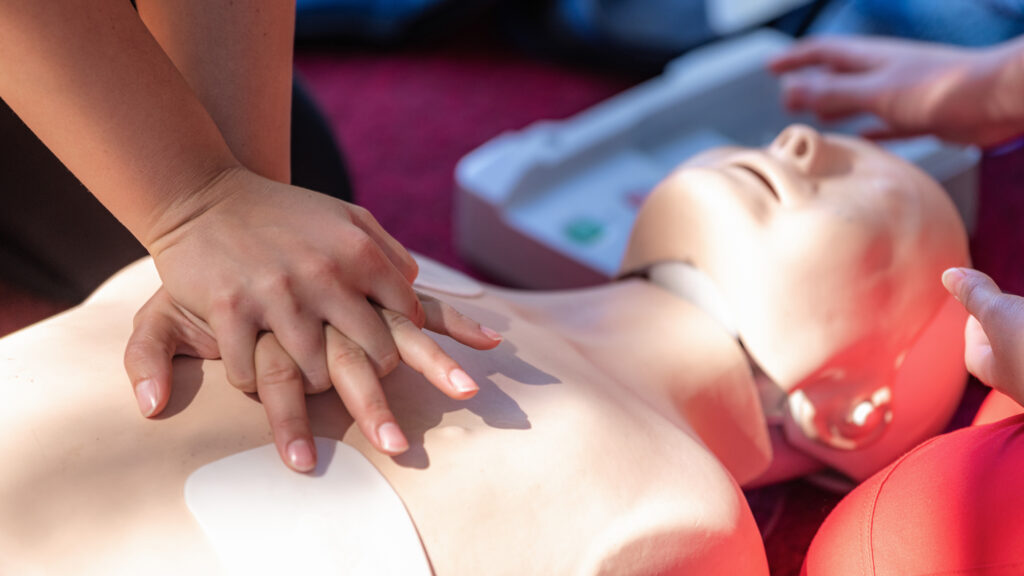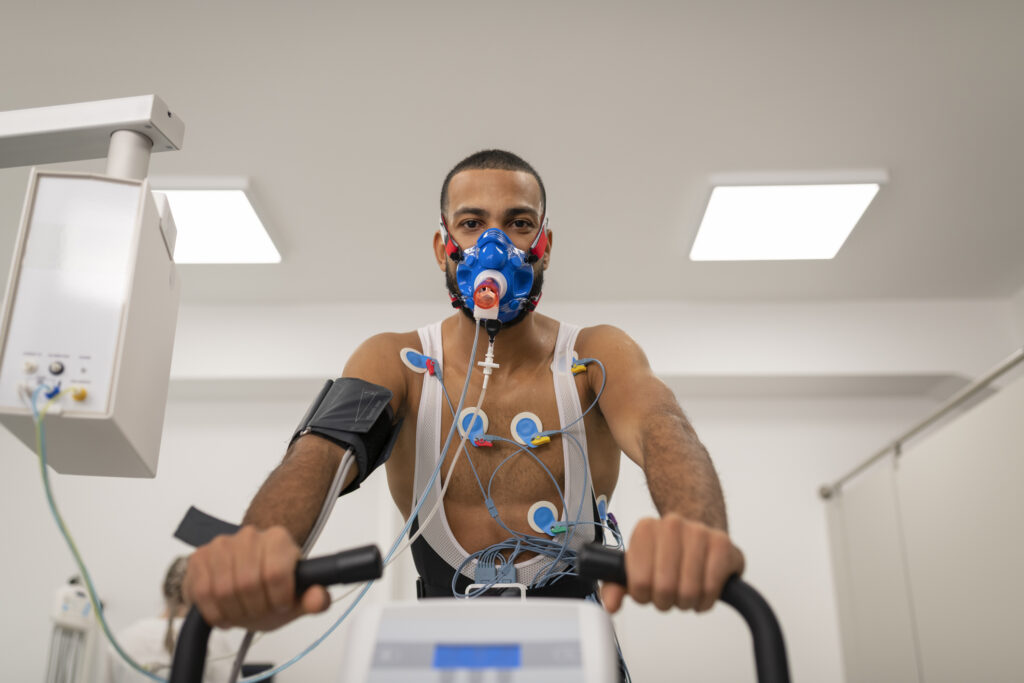Running for Two: Pregnancy, Training and Return to Performance for Elite to World-Class Runners

There are a variety of resources that exist to advise individuals on best practices for exercising throughout pregnancy. International evidence-based health guidelines typically recommend at least 150 minutes/week of moderate-intensity physical activity in those without contraindications during pregnancy. While these recommendations guide physical activity during pregnancy in the general population, they are not developed — […]
Waste No Time: A standardized approach to the collapsed athlete

As emergency medicine and sports medicine physicians, we have advocated for all sideline providers to not just be basic life support (BLS) certified but consistently prepare themselves mentally to manage the complex and emotionally charged scene of the collapsed athlete. All sports medicine providers and sideline personnel should reflect on the event that unfolded on […]
How to Create Fitness Resolutions that will Actually Stick

A staggering number of highly-inspired people will choose to set lofty goals come January 1, despite the universal knowledge that resolutions aren’t easy to stick to. We need all the help we can get. One trick? Framing and stating goals a particular way. Here are six examples of resolutions that can lead to real athletic […]
Staying Ready: A Real-World AED Response

You never know when you’ll need to use your emergency training. That’s what ACSM member and Noblesville, Indiana, Orangetheory Fitness Head Coach Tony Maloney was reminded of in late October when a patron visiting from out of state collapsed suddenly in a mid-morning strength class. Maloney had just finished the five-minute warm-up and started the […]
A New Way to Help Our Bones with Calcium?

Despite the broad benefits of exercise to bone health, athletes from some sports fare better than others. Athletic training and performance can also be completely derailed by bone stress injuries, which have multifactorial contributors of which bone health is key. Energy availability, bone-loading exercise and vitamin D are known to influence bone health, but even […]
Tips for Inclusive Hiring Practices

In October, we celebrated National Disability Employment Month. We examined how far we have come as an industry and how far we still must go to ensure equal access for people with a disability in our field, particularly in our hiring practices. Inclusion in any space is not a one-time effort. It should be embedded in […]
Exercise and Sports Sciences Reviews Unveils New Cover Art

ACSM is excited to announce a fresh new look for Exercise and Sport Sciences Reviews (ESSR), thanks to the diligent work of the publication team and longtime ACSM designer Dave Brewer. The new cover made its debut on the January 2023 issue. ESSR had its start in 1972 as annual hardcover volume and in 2000 transitioned to a quarterly […]
Pedaling toward Activity-Supportive Workplace Environments

Approximately 80% of jobs in the United States are predominantly sedentary. Sedentary work time is also increasing worldwide. National and global policy guidelines recommend breaking up sedentary work time to improve population health and reduce premature mortality. However, policies and job demands requiring workers to remain at their desks, along with limited funds and space for exercise equipment, can […]
GSSI Presented Webinar Q&A | Internal and External Load Monitoring

Miss the webinar? Access it below along with an opportunity for one CEC. View the webinar One CEC available here Q: How are we conceptualizing “readiness” in this context? Readiness can have a variety of meanings, but in the context of athletic readiness, it’s the return to psychophysiological homeostasis that enables an […]
What Is a Normal Rating of Perceived Exertion During Maximal Exercise Testing?

There is an abundance of evidence demonstrating that high levels of cardiorespiratory fitness (CRF) are associated with decreased risk for early mortality, chronic disease and some infectious diseases, as well as lower health care costs. The evidence is so strong that the American Heart Association suggested CRF be considered a clinical vital sign that is regularly measured […]
